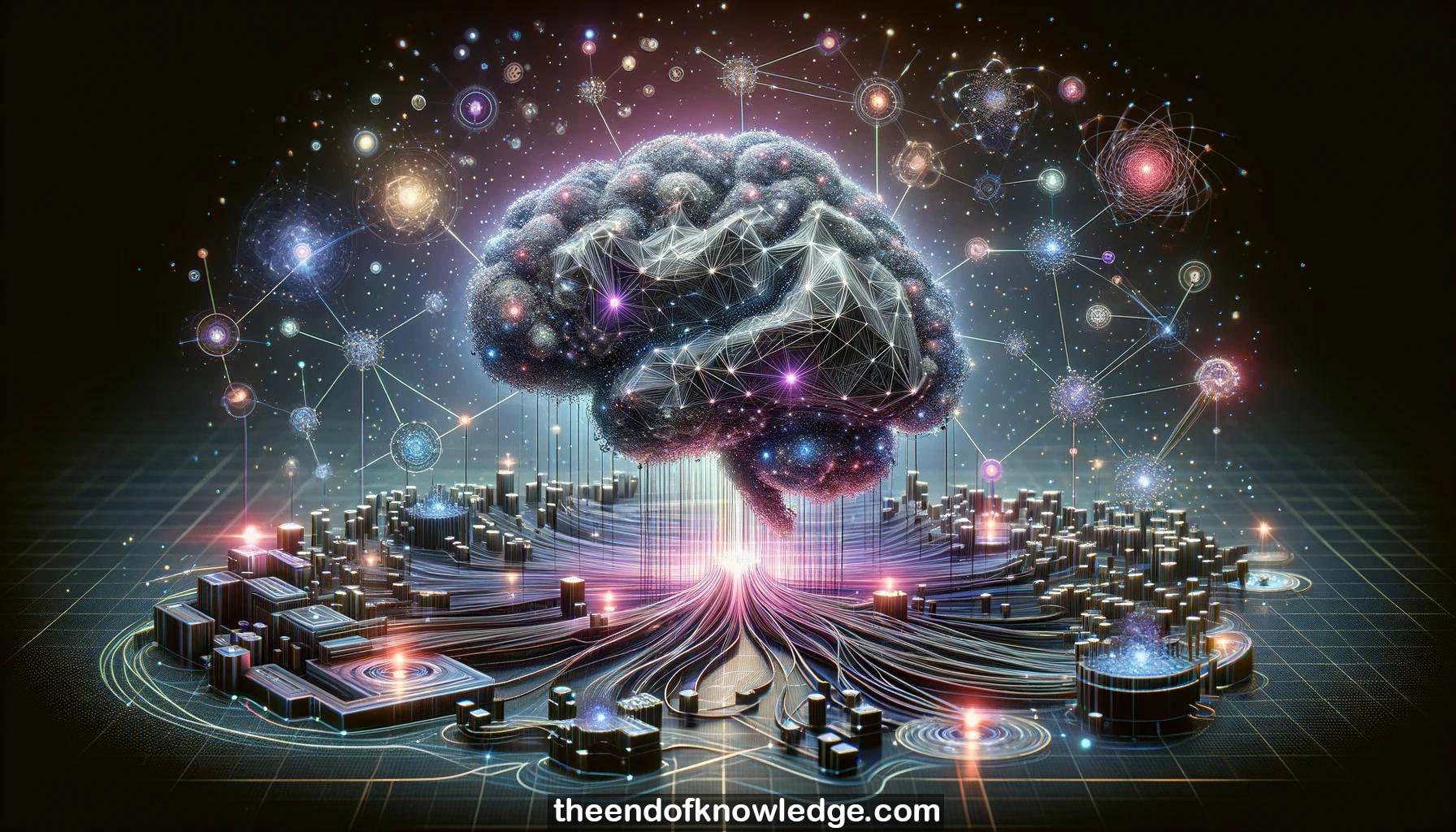 >
>
Concept Graph & Resume using Claude 3 Opus | Chat GPT4 | Gemini Adv | Llama 3:
Resume:
1.-Unsupervised learning aims to find structure in unlabeled data and may help understand how sensory representations are learned in the brain.
2.-Density estimation is a classic unsupervised learning approach, typically fitting parameters of a positive-valued function to data.
3.-Normalizing parametric density functions requires intractable integration over the data. An alternative is to find a parametric transformation to Gaussianize data.
4.-Gaussianization transforms data into a standard normal density. The input density can be modeled by pushing the Gaussian through the inverse transformation.
5.-Computing the input density from the Gaussianized data only requires taking derivatives, which is more efficient than integration, especially with modern hardware.
6.-Parameters of the Gaussianizing transformation are fit by maximizing the likelihood, taking derivatives, and using stochastic gradient descent.
7.-Images filtered with linear filters yield heavy-tailed symmetric marginal response distributions. Gaussianization aims to expand the center and contract the tails.
8.-A logistic function Gaussianization has poor fit at the center and discontinuities at the tails due to saturation.
9.-An alternative Gaussianization using an affine function, exponentiation, and division fits the data better without discontinuities.
10.-Marginal Gaussianization of individual filters does not guarantee joint Gaussianity. Rotated marginals reveal non-Gaussian structure.
11.-Older approaches repeatedly find new Gaussian directions and Gaussianize. The process is similar to a deep neural network with many layers.
12.-Divisive normalization, inspired by biological neurons, Gaussianizes the joint density of multiple filters in one step.
13.-Divisive normalization introduces cross-filter terms in the denominator, creating a shared joint nonlinearity across feature maps.
14.-The model captures the continuum of shapes observed in joint densities of pairs of linear filters, from elliptical to marginally independent.
15.-The model is extended to multiple dimensions by learning both the filters and normalization parameters jointly. This is called generalized divisive normalization.
16.-Several previous image models can be seen as special cases of Gaussianization and generalized divisive normalization.
17.-Under certain conditions, the log-likelihood determinant term breaks down into additive terms, enabling fitting of convolutional and stacked versions.
18.-A deep neural network can be built using the joint divisive normalization nonlinearities instead of the typical pointwise nonlinearities.
19.-One layer of joint normalization Gaussianizes the data much more effectively than multiple layers of marginal pointwise nonlinearities.
20.-Beyond density modeling, Gaussianization learns representations that may relate to biology. Distances in the representation may predict human perceptual judgments.
21.-Euclidean distances in pixel space do not correlate well with human perception of image distortion and visual quality.
22.-Reordering distorted images by Euclidean distance in the Gaussianized representation aligns better with perceptual expectations compared to pixel distance.
23.-Euclidean distances in the Gaussianized representation correlate much more strongly (0.84) with human distortion judgments than pixel distances (0.40).
24.-The unsupervised Gaussianized representation outperforms the industry standard (0.74 correlation) for measuring perceptual image quality, without supervised fitting to human responses.
25.-The strong correlation between Gaussianized representation distances and human perceptual judgments is surprising and merits further research.
26.-Gaussianization serves as a vehicle for both density modeling and unsupervised representation learning.
27.-Generalized divisive normalization applies joint nonlinearities across feature maps, inspired by and generalizing biological neural nonlinearities.
28.-One layer of generalized divisive normalization Gaussianizes image data much better than multiple layers of marginal pointwise nonlinearities.
29.-The learned representation accounts for human image quality judgments better than the industry standard, despite being unsupervised.
30.-More work is needed to understand why Gaussianization yields perceptually relevant representations.
Knowledge Vault built byDavid Vivancos 2024